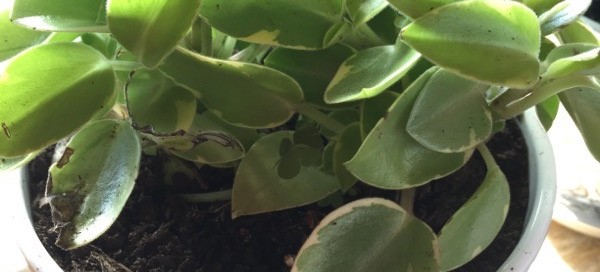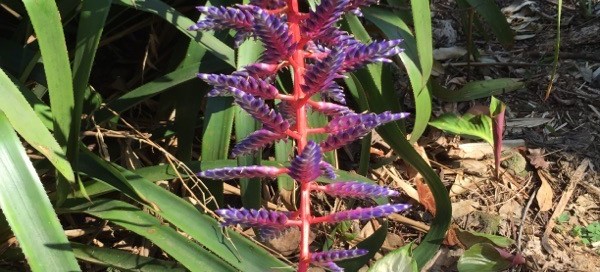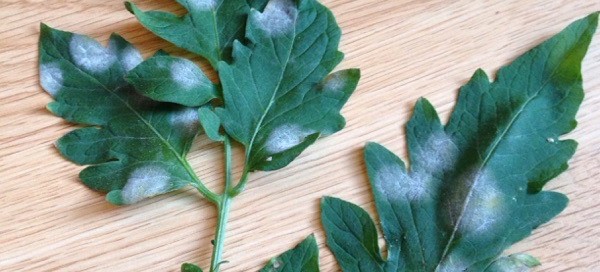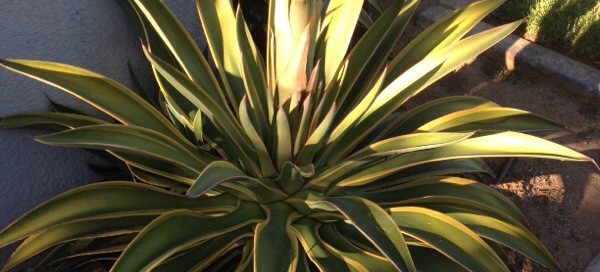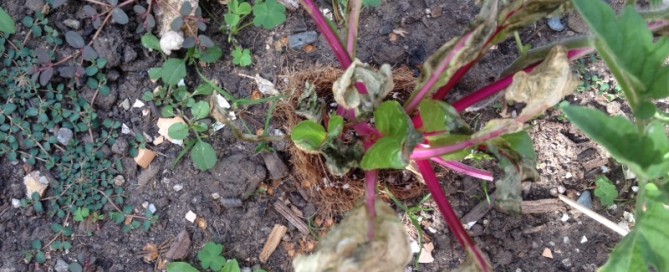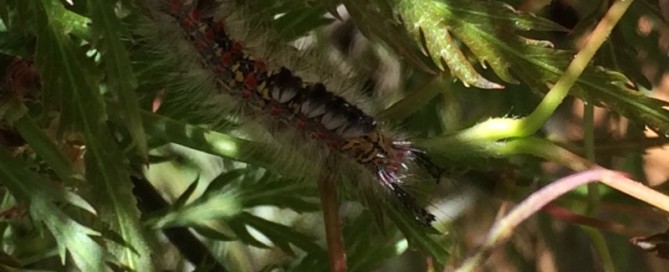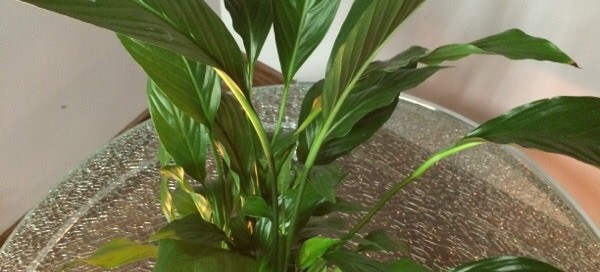Wax Plant Hoya Wayetii
Blooms readily, easy care, and adaptability are all traits for this plant. It will in all likelihood be mislabeled as Hoya kentiana which is very similar but not very common to run it to. This succulent vine is native to the Philippines and has dark pink to maroon-purple, fuzzy ball-shaped flowers, which are sweetly fragrant and so shiny they appear to be made of wax. The fragrance is very sweet like butterscotch and the flowers last about 5-6 days. The leaves get beautiful reddish edges if grown in higher light or some direct afternoon sun. Plant in a rich, very well-draining soil, provide very bright light to part sun. Water the hoya by drenching the soil. Let it dry out to ½" below the surface before watering again during the growing season. Reduce water frequency during the fall and winter allowing the soil to dry out almost completely between waterings. Spring bloom production will be enhanced by drier winter conditions. Protect from frost.
